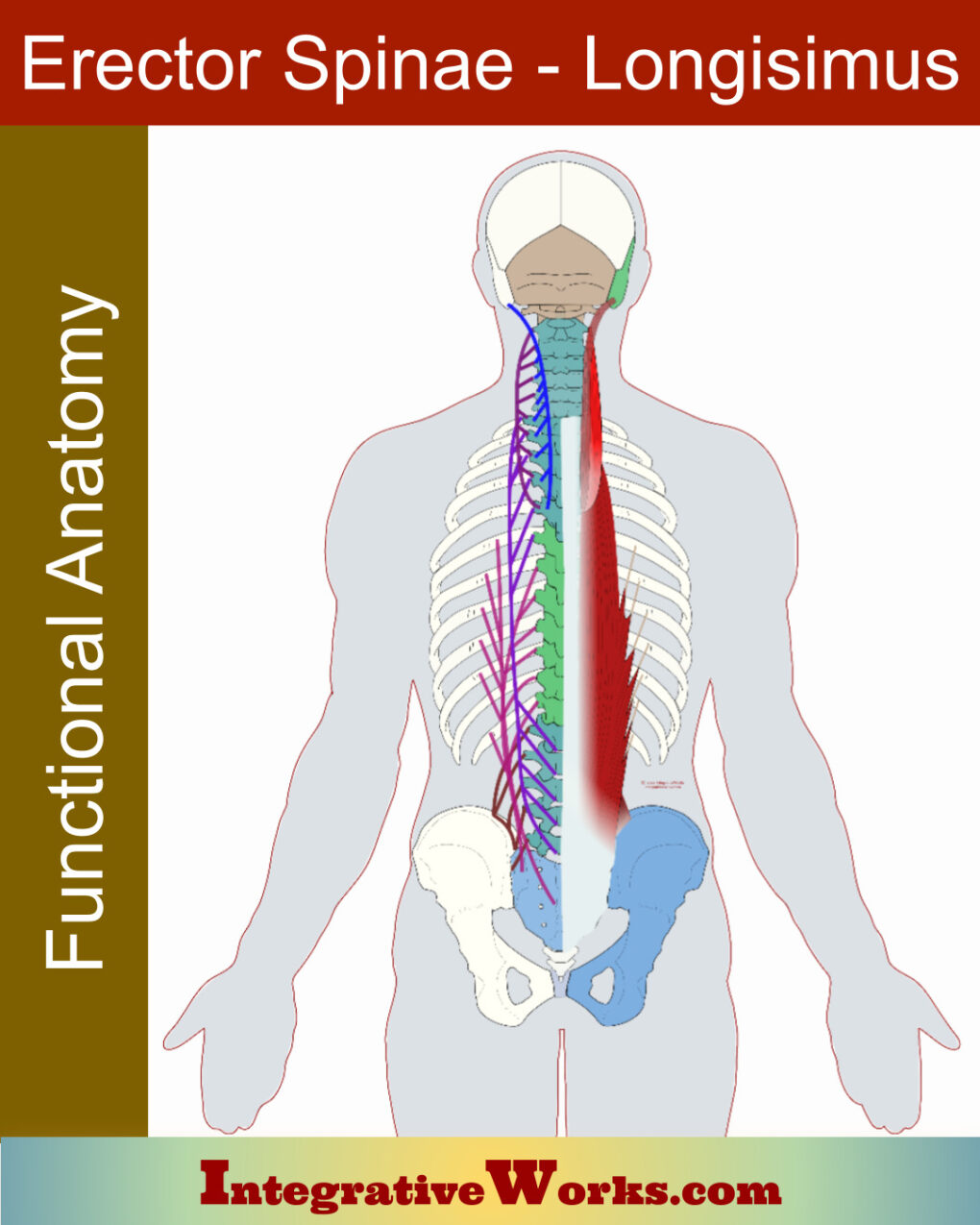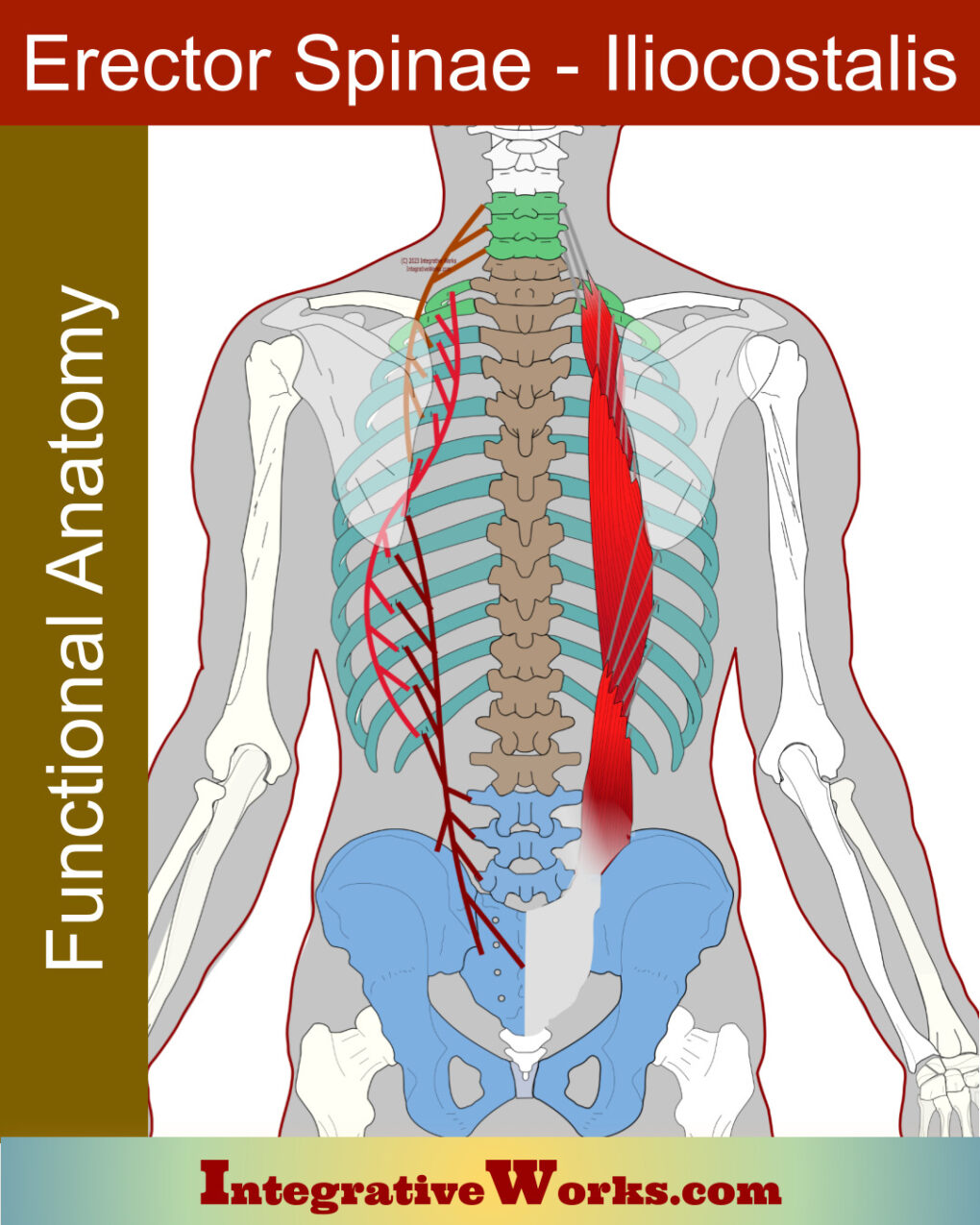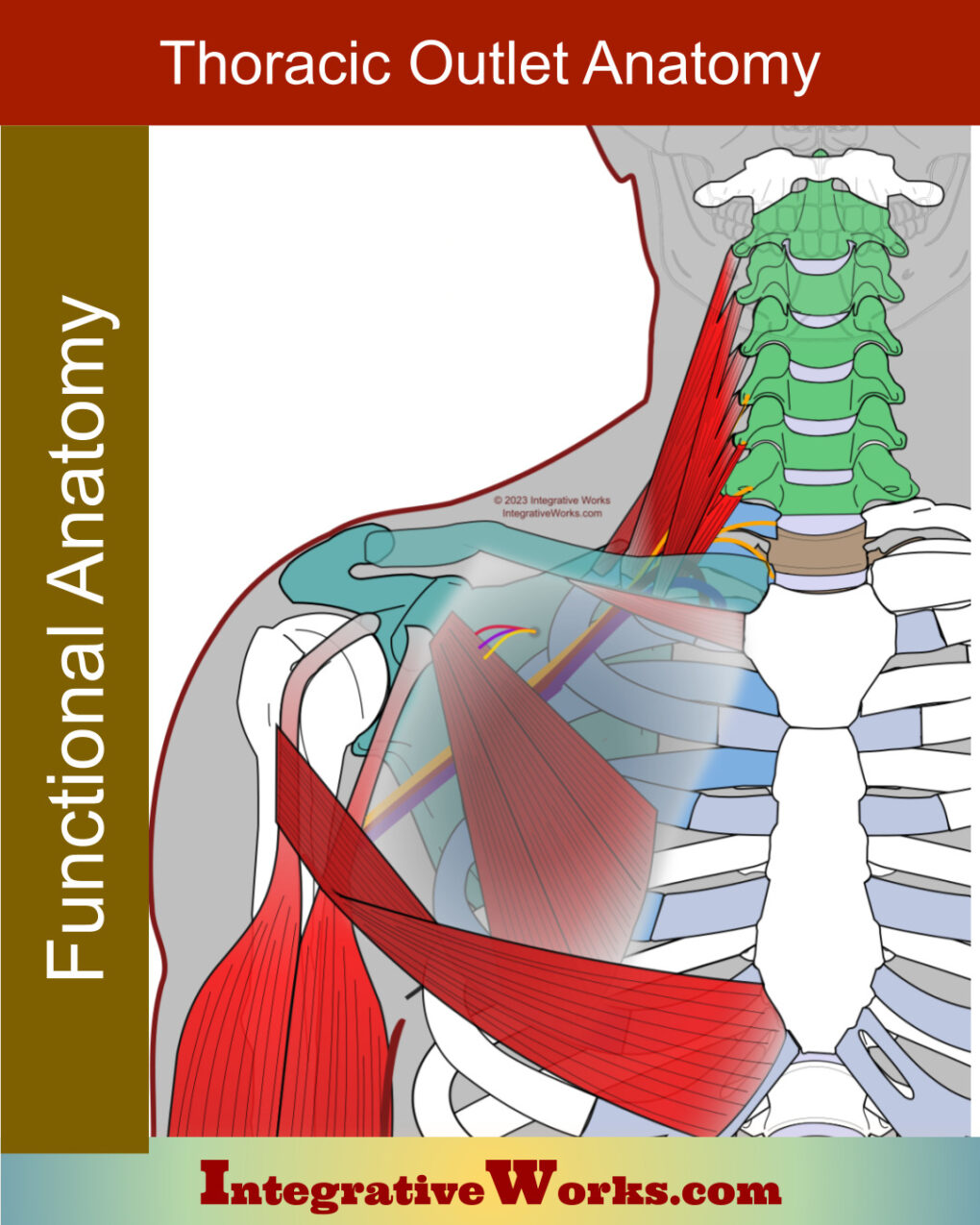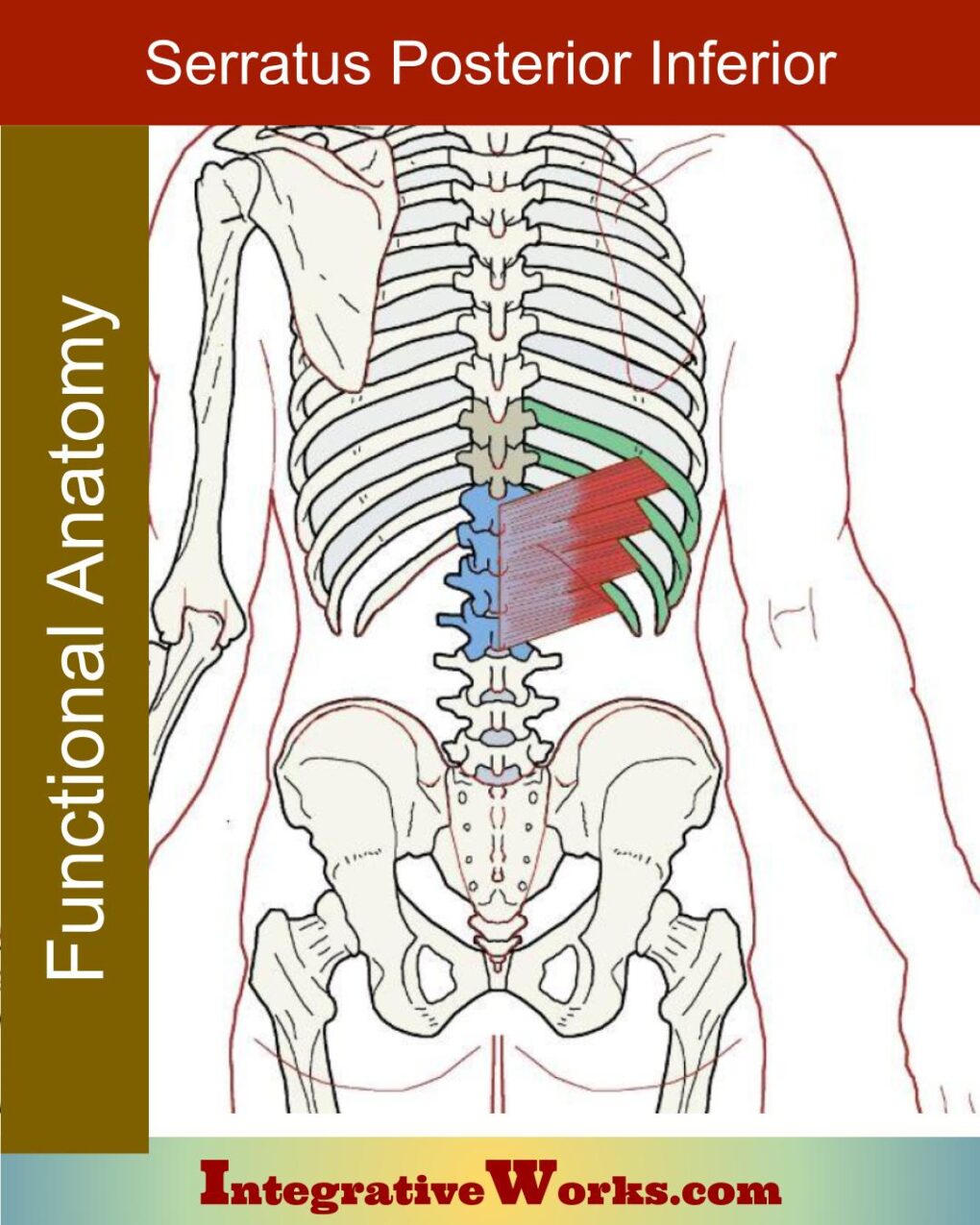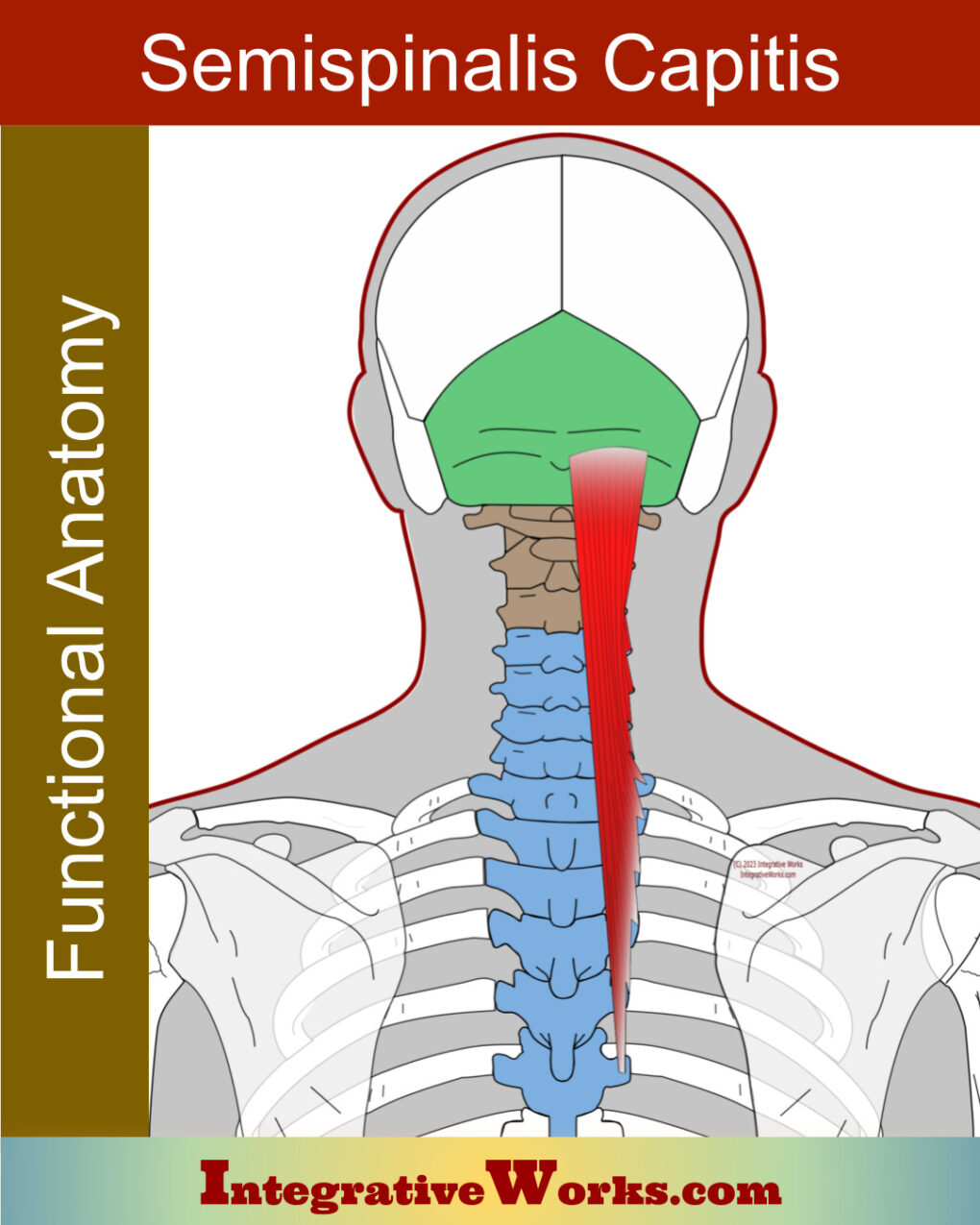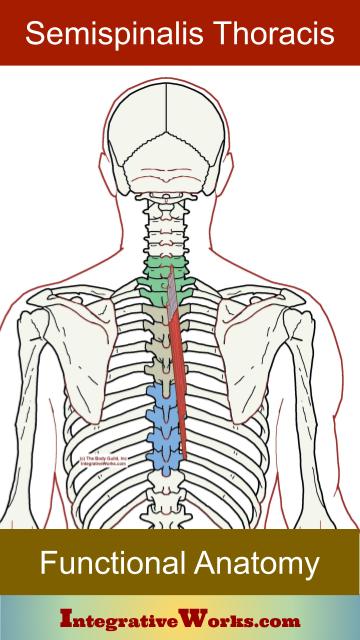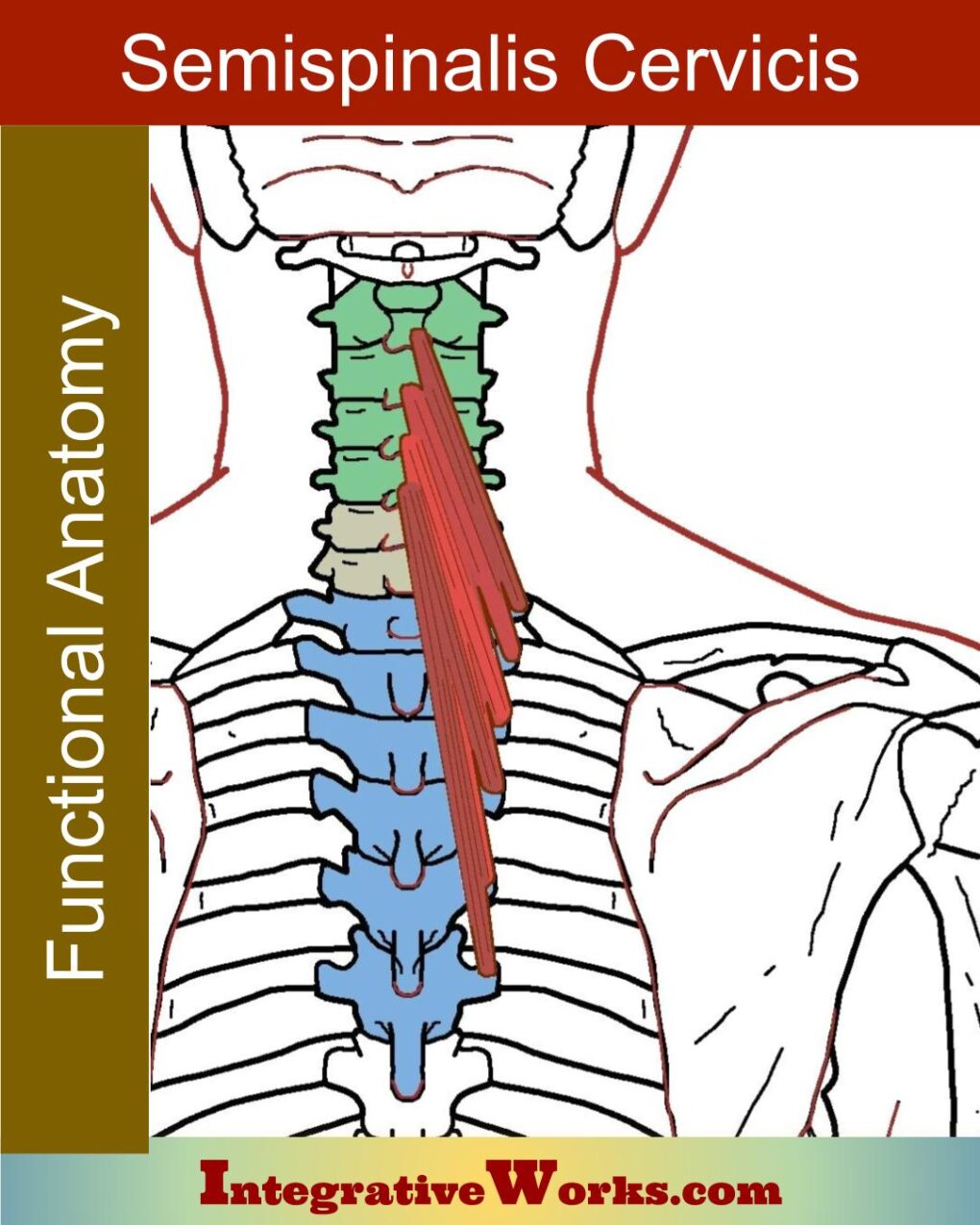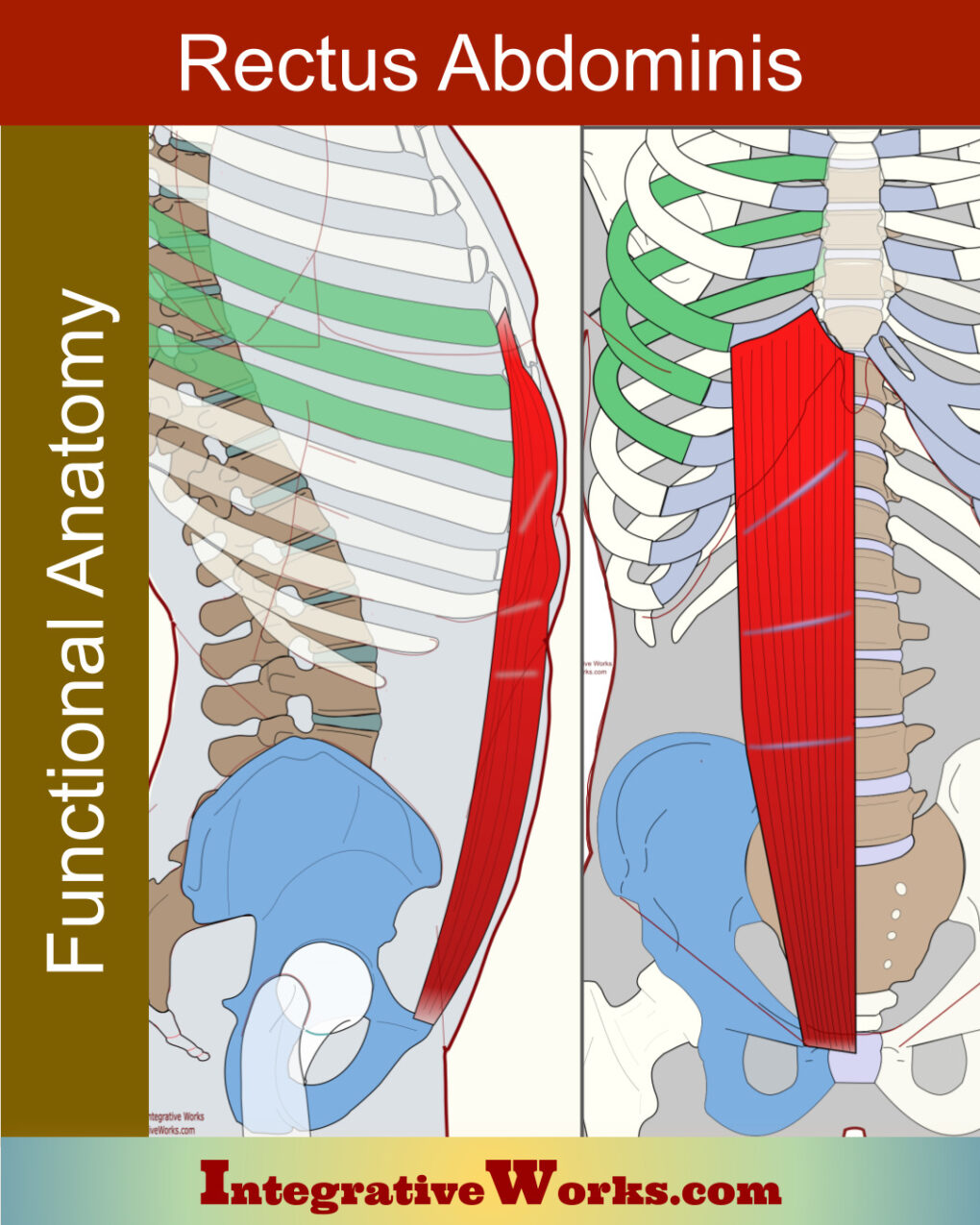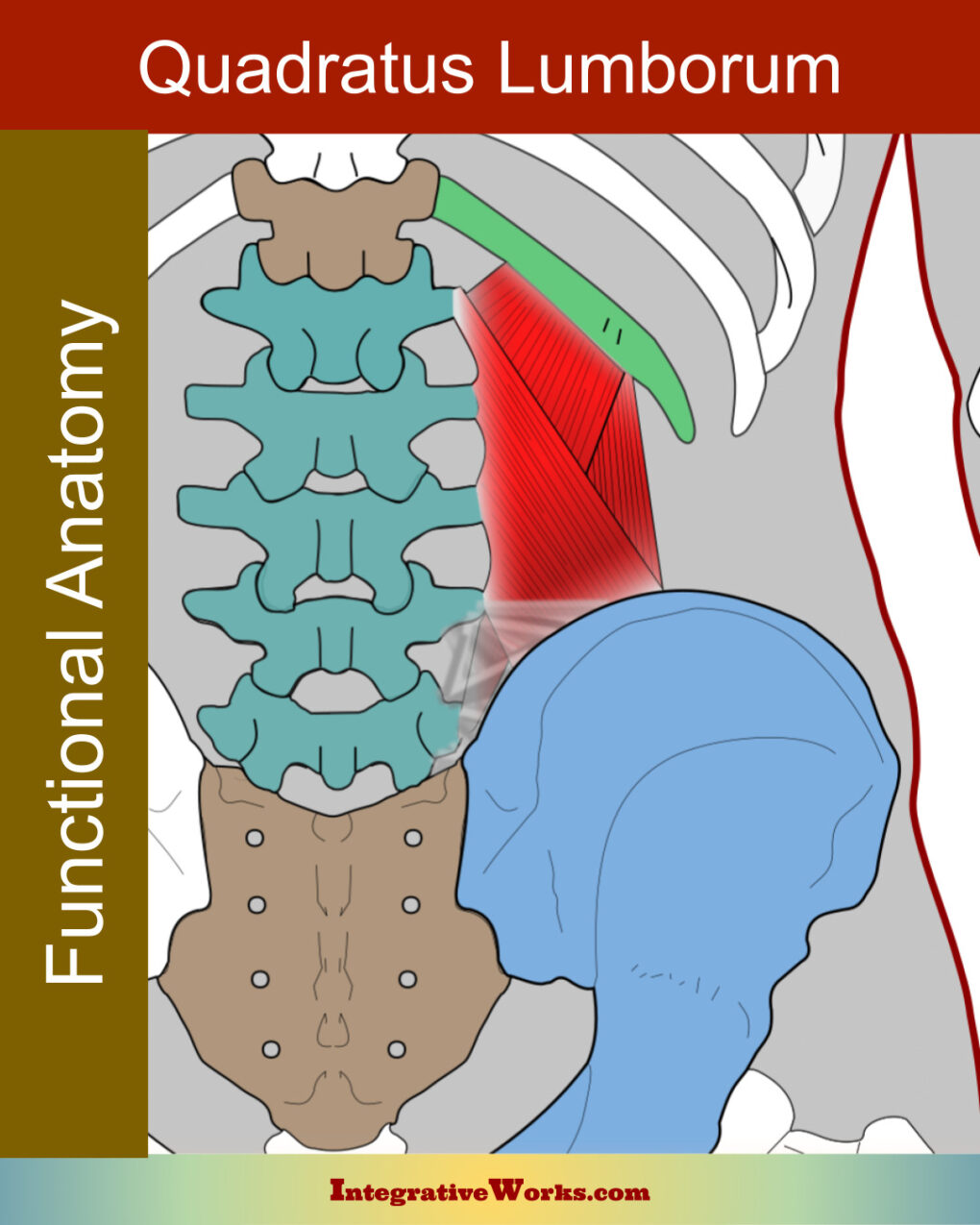Erector Spinae – Longissumus – Functional Anatomy
Overview of anatomy Longissimus is part of the erector spinae group, which also includes iliocostalis and spinalis. Like the others, longissimus has three sections. However, one of the sections has two parts, so four sections. As a result, often, the explanation of anatomy is simplified. That’s understandable, as it is both complex and variable. All […]
Erector Spinae – Longissumus – Functional Anatomy Read More »

